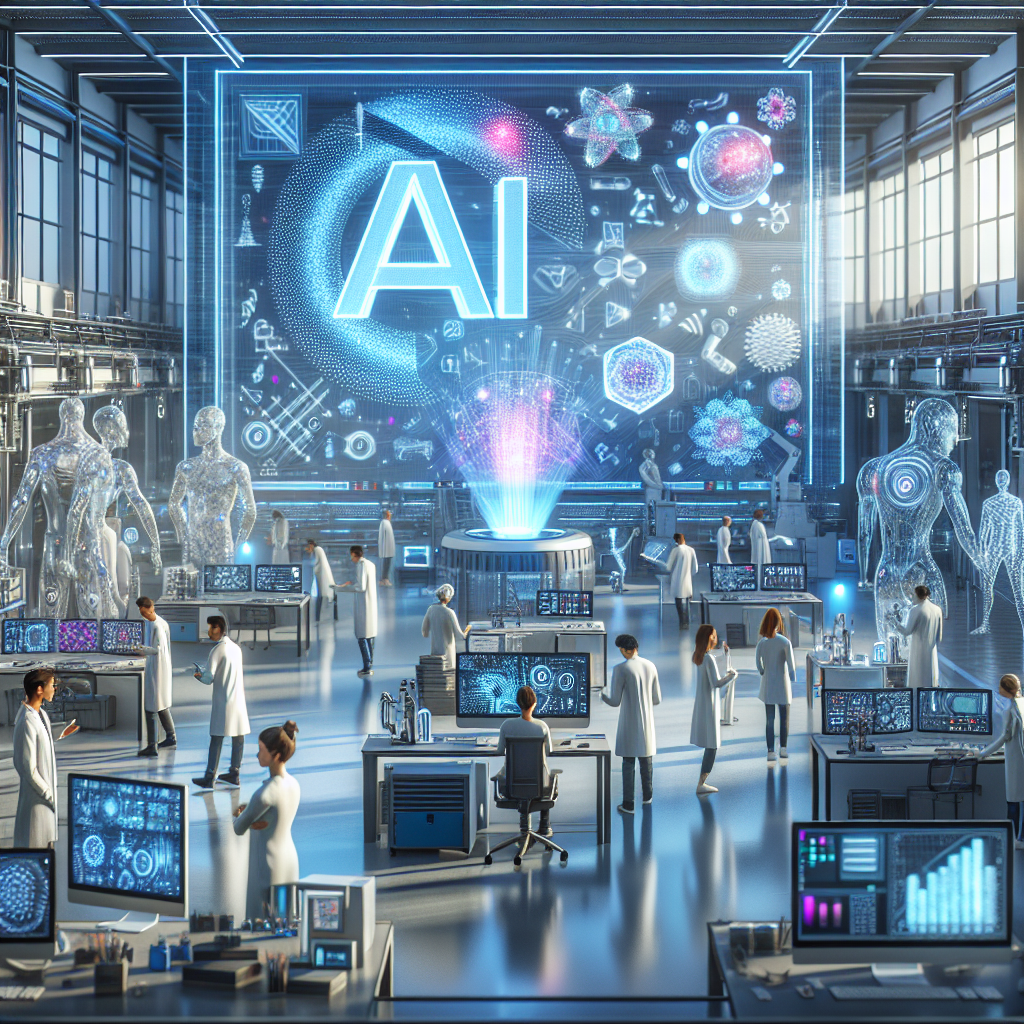Generative AI, also known as creative AI or artificial creativity, is a technology that has been revolutionizing the creative industries in recent years. This cutting-edge technology uses algorithms and machine learning to generate original, creative content such as images, music, text, and more. Generative AI has the potential to redefine the future of creative industries by enabling artists, designers, musicians, and other creatives to explore new possibilities and push the boundaries of their work.
Generative AI works by learning patterns and styles from existing data and using this knowledge to create new content. For example, a generative AI system trained on a dataset of paintings can generate new, original artworks that mimic the style of famous artists like Van Gogh or Picasso. Similarly, a generative AI system trained on a dataset of music can compose original pieces in the style of Mozart or Beethoven.
One of the key advantages of generative AI is its ability to generate vast amounts of content quickly and efficiently. This can be particularly useful in industries like advertising, where there is a constant demand for new and engaging content. With generative AI, companies can produce high-quality, personalized content at scale, saving time and resources.
Generative AI is also democratizing creativity by making it more accessible to a wider audience. Traditionally, creative industries have been dominated by a small group of talented individuals who have the resources and opportunities to pursue their craft. Generative AI allows anyone with access to a computer and the internet to create original content, regardless of their background or experience. This has the potential to democratize creativity and open up new opportunities for aspiring artists and designers.
Furthermore, generative AI can be a powerful tool for collaboration and inspiration. Artists and designers can use generative AI to explore new ideas, experiment with different styles, and push the boundaries of their work. By working alongside generative AI systems, creatives can discover new techniques, develop their skills, and create innovative, cutting-edge content.
However, generative AI is not without its challenges and limitations. One of the main concerns surrounding generative AI is the issue of copyright and intellectual property. Since generative AI systems are trained on existing data, there is a risk that they may produce content that infringes on the rights of others. This raises questions about who owns the content generated by generative AI and what rights creators have over it.
Another challenge is the potential for generative AI to perpetuate biases and stereotypes present in the training data. If a generative AI system is trained on a biased dataset, it may produce content that reflects and reinforces these biases. This can have serious implications for diversity and representation in the creative industries, as well as in society as a whole.
Despite these challenges, generative AI has the potential to revolutionize the creative industries and redefine the future of creativity. By harnessing the power of algorithms and machine learning, artists, designers, musicians, and other creatives can unlock new possibilities, push the boundaries of their work, and collaborate with intelligent systems to create truly innovative and groundbreaking content.
FAQs:
1. How does generative AI work?
Generative AI works by learning patterns and styles from existing data and using this knowledge to create new content. It uses algorithms and machine learning to generate original, creative content such as images, music, text, and more.
2. What are the advantages of generative AI?
Generative AI can generate vast amounts of content quickly and efficiently, democratize creativity, and be a powerful tool for collaboration and inspiration.
3. What are the challenges of generative AI?
Some of the challenges of generative AI include copyright and intellectual property concerns, the potential for biases and stereotypes to be perpetuated, and questions about who owns the content generated by generative AI.
4. How can generative AI revolutionize the creative industries?
Generative AI has the potential to revolutionize the creative industries by enabling artists, designers, musicians, and other creatives to explore new possibilities, push the boundaries of their work, and collaborate with intelligent systems to create truly innovative and groundbreaking content.

